A3 : Machine Learning and Applications
Machine Learning is a scientific discipline concerned with the design and development of algorithms that improve their efficiency through experience (observations, labelled or not). It borrows techniques and theoretical knowledge from the fields of artificial intelligence, logic, statistics, to form a very complex field. Machine learning is now a mature field of computer science, with solid theoretical models and results, and a wide range of applications, both in industry and in many research disciplines. It is also a field that has become very popular with the general public, thanks to the success of deep learning in gaming algorithms (Chess, Go..) and the emergence of Data Science for the intelligent processing and analysis of massive datasets.
The A3 team is structured into three main axis:
- Learning from Data and Learners (ADA)
- Relational Learning and Graphs (ARG)
- Meta-learning and Structures Learning (MAS)
| Learning from Data and Learners (ADA) The central theme of the ADA research axis is learning representations from data and learners, for collaboration and transfer. It focuses on three paradigms of multi-model learning based on three mathematical formalisms: collaborative/federative learning, transfer learning and learning from multi-modal data through emerging formalisms (for learning) such as quantum formalism, optimal transport, and algebraic topology. The contributions of the ADA axis address both fundamental and applied research, most often supported by academic and industrial collaborative projects in different domains such as: health, digital marketing and recommendation, diagnosis of complex systems, data quality and anonymization, social network analysis, … |
| Relational Learning and Graphs (ARG) Learning from models expressed as logical, explicit and explainable programs and from data structured in graphs. This axis deals in particular with the themes of relational learning and uncertain examples, probabilistic relational learning in a POMDP framework, graph abstraction and abstract closed pattern search. |
| Meta-learning and Structures Learning (MAS) Generalizes the learning problem by treating the learning process itself. It allows for better accuracy with fewer examples by taking into account the explicit or non-explicit structure and by looking for regularities by minimizing structural risk. It allows the modeling of the context, the various biases, the status of the data, the interaction between the concepts to be learned, the evolution of the learned theories and the metamodeling of the hyperparameters. It also allows simultaneous modeling of data and clustering (deep unsupervised learning). This axis is interested in multi-varied temporal data, large-scale learning, images and audio or video documents. |
Activity report 2012 – 2017 and project 2019-2023 of the A3 team:
Download: RAPPORT_12_17_A3

